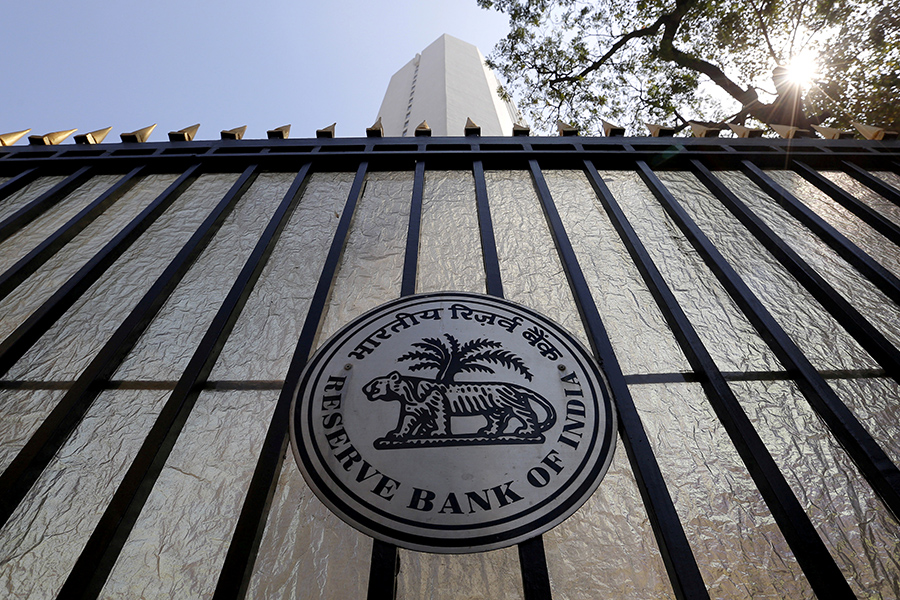
Bankruptcy framework 2017 - a much needed relief for the Indian financial sector
The banking framework 2017 aims to resolve issues pertaining to the speedy winding up of insolvent financial services sector companies, and redeployment of capital more productively

Non-Performing Assets (NPAs) had become a long standing issue with the Indian banking industry impacting the credit delivery of banks to a great extent. The growing bad debts and a depressed balance sheet growth were both posing a hindrance to India’s future growth prospects.
The Narendra Modi led government approved the Financial Resolution and Deposit Insurance Bill, 2017, realising the need to overhaul the entire banking system to ensure a faster and inclusive growth for India. The banking framework 2017 aims to resolve issues pertaining to the speedy winding up of insolvent financial services sector companies, and redeployment of capital more productively.
The Insolvency and Bankruptcy Code (IBC) 2016, strengthens both identification as well as resolution of insolvencies and is likely to significantly improve some of the parameters contributing to ease-of-doing-business ranking for India. RBI is very keen to address the high NPA situation with banks. Based on recent reports and identification of the top 12 accounts alone – it is expected to result into additional provision of Rs 25,000 crores in the balance sheet of banks. Such high provisions could adversely impact banks’ capitalisation strength, requiring additional funds to manage operations. Accordingly, such a Bill could be helpful for the government to address struggling banks in coming up with resolution plans (including bank mergers – which anyways had been envisaged for some time) without committing additional public money to support already stressed financial institutions, which even if done, may only be a short term solution rather than a systematic solution.
Additionally, with the advent of new age financial services, companies that have aggressive business models to ensure rapid growth, hold an inherent risk for various stakeholders. The Bill will fill the gap created by the IBC by now covering financial institutions and thereby, giving all stakeholders in the value chain a timely resolution to their problems. It will act as a cover to address the high inherent risk of business failures while inculcating a discipline among financial service providers in the event of any financial crisis by limiting the use of public money to bail out distressed entities.
The Bill will try to bring about financial stability in the economy in the long run by ensuring adequate preventive measures, while at the same time providing the necessary instruments for dealing with crisis.
By approving the Bill, the government seeks to provide relief to the consumers of financial service providers in financial distress. Further, it aims to strengthen and streamline the current framework of deposit insurance for the benefit of a large number of retail depositors.
Once the cleanup exercise starts, the government intends to put in place a comprehensive resolution framework to tackle any potential crises in financial companies, bankruptcy of banks, insurers and other financial services firms, seeking to shield the financial system from systemic crises and protect consumers.
Suffice to say, if this bill is executed properly, it would be a game changer for the Indian economy. This will provide stability and resilience to the financial system to counter systemic vacuum which exists while tackling bankruptcy situations in financial firms. It will also provide deposit insurance to consumers of some categories of financial services up to a reasonable limit; monitor systemically important financial institutions (SIFI); and protect public funds to the extent possible. It will put in place a specialized mechanism to deal with bankruptcy situations in banks, insurance firms and financial sector entities.
(By Mritunjay Kapur - National Head Strategy & Markets at KPMG in India. The views in this article are personal and do not reflect those of KPMG in India.)
Post Your Comment














